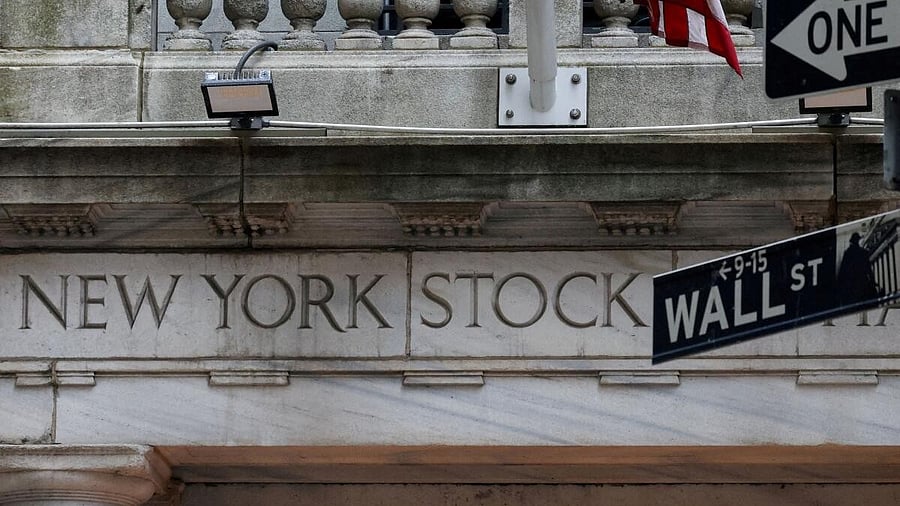
NYSE Wall Street entrance in New York City, United States.
Credit: Reuters photo
By Alexandra Semenova
As investors fret over signs of a slowing economy and lofty stock-market valuations, they are getting a bit of reassurance from Corporate America.
It’s coming from companies’ revenue forecasts, which keep improving despite lingering uncertainty about President Donald Trump’s trade war and the Federal Reserve’s monetary policy.
Among S&P 500 Index companies that adjusted their revenue views in the current quarter, 44 per cent have raised them — the highest proportion since 2021, according to an analysis by Jefferies LLC. The share of outlook downgrades, at 14 per cent, is the lowest in the firm’s data going back to 2015.
“There’s basically no reason that a management team would want to raise guidance on something that they’re not 100 per cent positive on because they know the implications of that,” said Andrew Greenebaum, senior vice president of equity research product management at Jefferies. “I would argue that is a lot of what’s powering stocks higher.”
The benign revenue outlook from businesses is at odds with data that’s showing signs of labor weakness amid elevated inflation.
Couple that with uncertainty about valuations that look rich by any estimate, and it’s clear why investor skepticism remains high. A closely watched survey from the American Association of Individual Investors shows more bets on stock-market losses than gains, while a separate survey from the National Association of Active Investment Managers, which tracks equity exposure among investment advisers, shows few signs of euphoria.
“I don’t see something that says people are falling over themselves to risk up,” Greenebaum said.
While US stocks surged on Friday after Fed Chair Jerome Powell indicated in his speech in Jackson Hole, Wyoming, that interest rate cuts are coming, the enthusiasm quickly fizzled to start this week amid concern over the challenges policymakers face in balancing rising prices and growing risks to the labor market.
Fed officials are contending with inflation that’s still above their 2% target and now rising, as well as employment data that’s showing signs of weakening. Uncertainty around how tariffs will impact each of those factors also looms large.
Yet Corporate America is showing few signs of worry.
An assessment of earnings transcripts by Morgan Stanley found that mentions of “order books” and “raise guidance” advanced to recent highs this quarter as companies readjusted their outlooks in the aftermath of the onset of a global trade war that flared in early April. Communications services, financials, consumer discretionary and information technology are S&P 500 sectors where per-share earnings outlooks were revised higher for both 2025 and 2026 in the past few months.
Buybacks offer another pillar of support to equity markets, Jefferies says, as share repurchases tend to occur near bottoms or mid-bull-market cycles rather than at market highs. Announced buybacks are sitting at the highest level in three years, the firm’s data show.
Strategists at Goldman Sachs Group Inc. have also flagged the disconnect between what companies are saying and the macroeconomic picture. The firm’s in-house barometer of economic activity among S&P companies — which tracks real revenues excluding the volatile energy sector — rose 4.8% this quarter from the same time a year ago, exceeding the pace of economic growth, the strategists said in a note to clients.
Still, despite the rosy outlook from companies, some market watchers warn that lofty valuations may limit any further rally in stocks. Miller Tabak & Co. LLC’s Matt Maley points out that despite raised guidance over the summer, the increases were only enough to lift earnings expectations modestly for 2025 and 2026.
“Therefore, even though earnings growth will be good, it’s not enough to produce the kind of further rally a lot of investors are hoping for, given that today’s market is very expensive,” he said